Description
Why “Use Your Words” and “Calm Down” Often Backfire
Self-control isn’t about suppression, it’s about regulation. It’s like steering a car instead of just slamming the brakes. For kids, this is advanced brain work.
This worksheet teaches self-regulation by focusing on:
- Brain Science Made Simple: Explains the “Flipped Lid” (amygdala hijack) vs. “Thinking Brain” (prefrontal cortex) in kid-friendly terms.
- Trigger Tracking: Helps kids spot what sets them off—transitions, losing a game, or being hungry.
- The Pause Button: Practice strategies to pause before reacting.
- Choice Empowerment: Gives kids options for what to do instead of acting out.
- Energy Management: Shows self-control as a resource to protect and recharge.
- The Lizard Brain vs. The Wise Owl: A visual way to explain brain reactions when kids “flip their lid.”
- My Body’s Alarm System: Activities to notice early signs like clenched fists or fast heartbeat.
- What Bugs My Lizard Brain?: Map situations that trigger impulsive reactions.
- The Control Scale: Teaches the difference between what they can and can’t control.
- The Pause Button Practices: Sensory tools like grounding, squeeze balls, or cold water.
- “I Choose” Statements: Scripts like “I feel frustrated, so I choose to walk away.”
- The Reset Space: Create a calm-down corner at home or school.
- Real-World Role-Plays: Practice strategies in real situations like losing or being told “no.”
- The Success Tracker: A chart to celebrate effort and progress.
Your Role as the Coach: 3 Mindset Shifts
- Your Calm is Their Calm: Your own regulation is key. This worksheet includes tips to stay centered—you can’t pour from an empty cup.
Call to Action: Stop reacting and start teaching. Click ‘Add to Cart’ to get instant access to the Self-Control Worksheet toolkit and give your child lifelong emotional regulation skills.
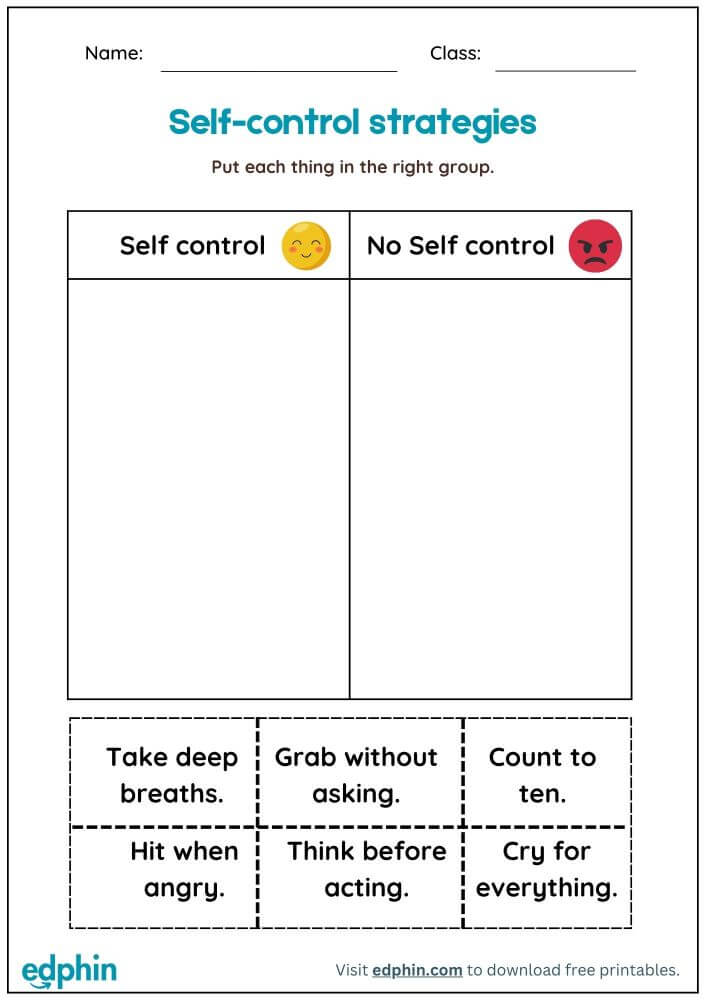

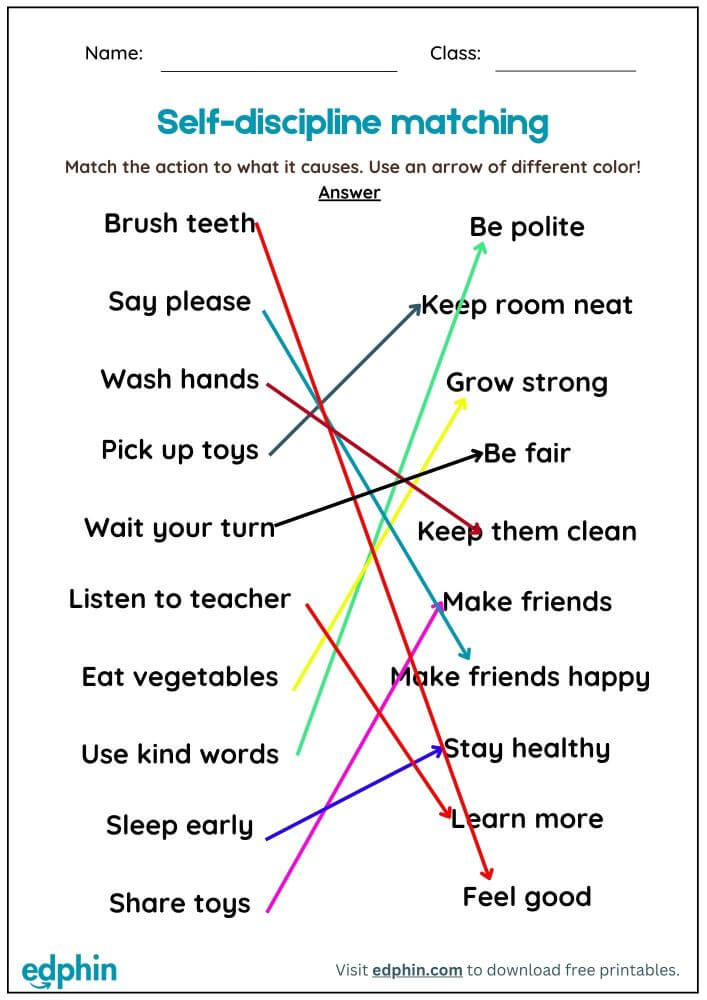
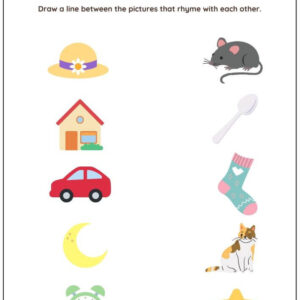
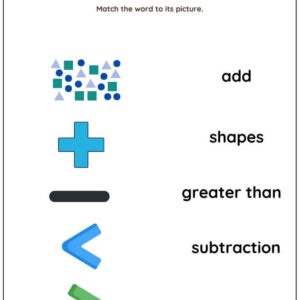
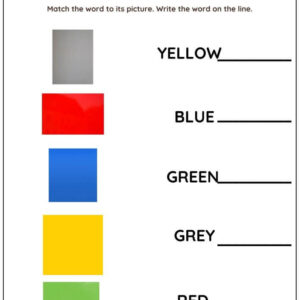
Reviews
There are no reviews yet.